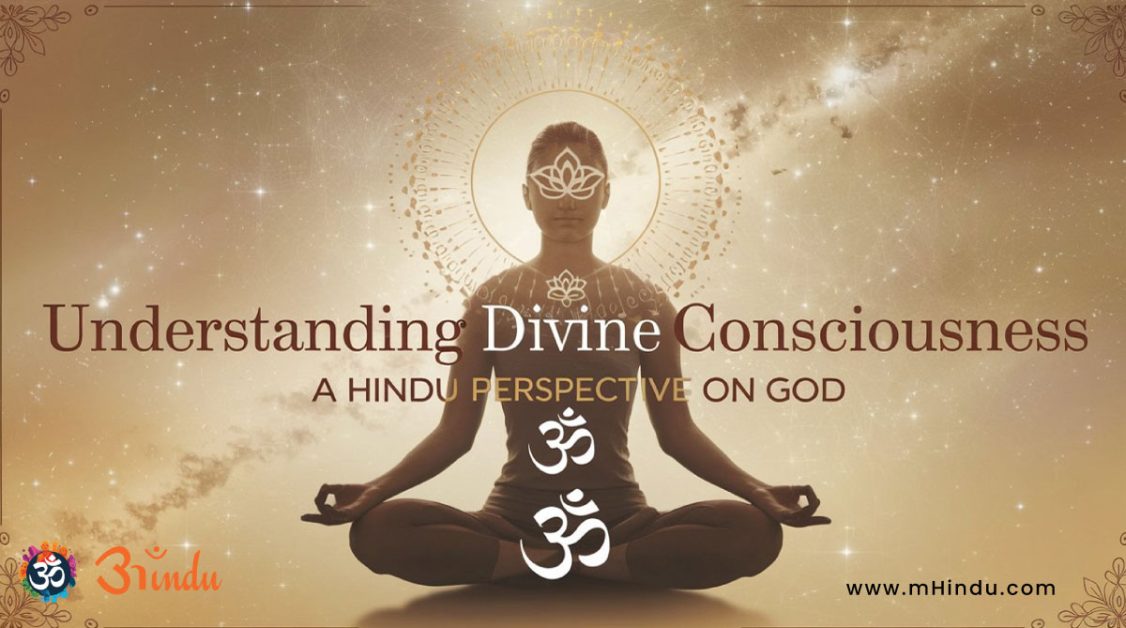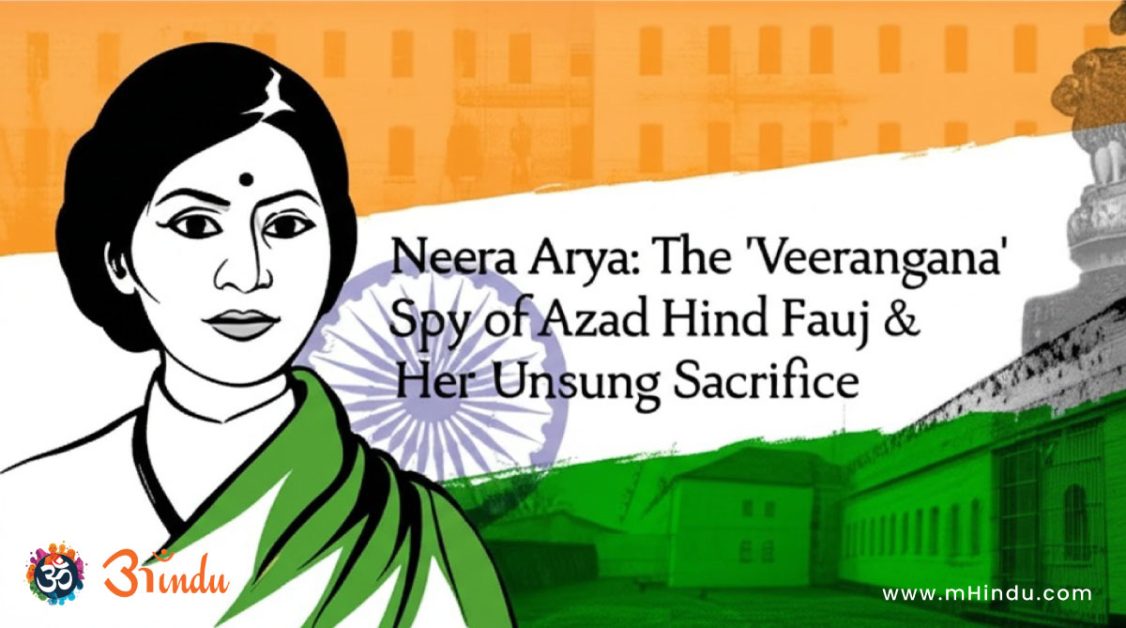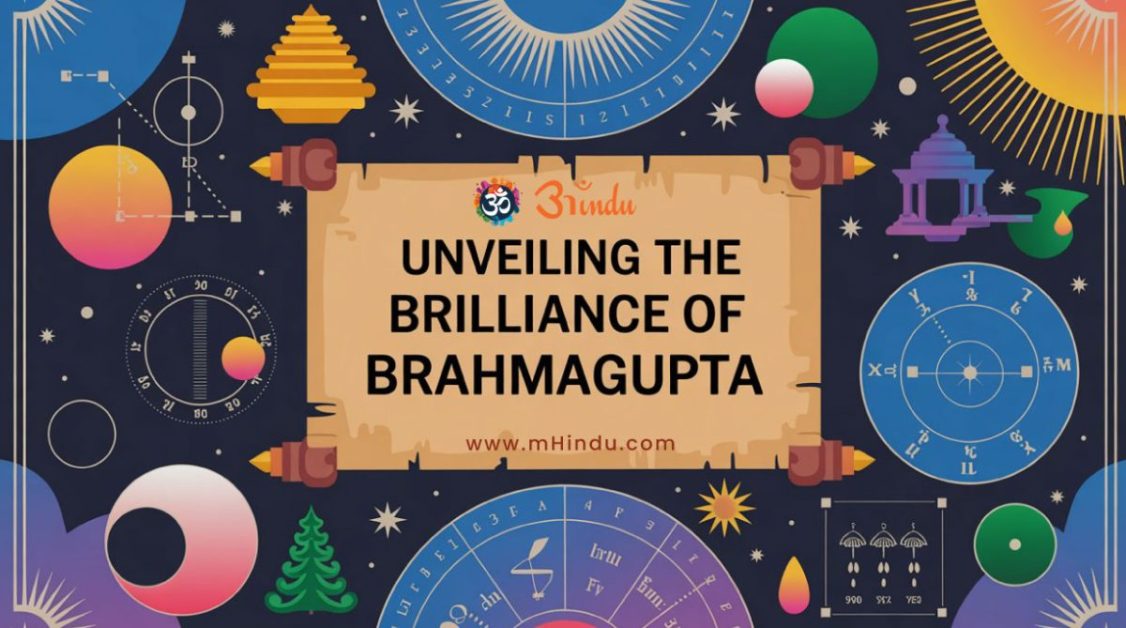
Ram Navami is a day of profound spiritual significance, marking the birth of Lord Rama, the seventh avatar of Lord Vishnu. Within the Hindu community, this festival is celebrated with immense devotion, embodying the virtues of righteousness, dharma, and the triumph of good over evil. This blog will explore the legendary tale of Lord Rama, the significance of Ram Navami, and provide a detailed guide on how to celebrate Ram Navami to honor this divine occasion.
The Legend of Lord Rama
Lord Rama embodies virtues, righteousness, and the victory over evil. The Hindu culture has passed down his epic tale through generations.
The story begins with King Dasharatha and Queen Kausalya welcoming Rama’s birth in Ayodhya, a city in northern India. As the eldest of four sons, Rama became known for his devotion to his parents, commitment to righteousness, and love for his wife, Sita.
However, Rama’s life took a dramatic turn when his stepmother, Kaikeyi, demanded that Bharata be made king instead of Rama. To keep his word to his wife, King Dasharatha exiled Rama to the forest for fourteen years.
Accompanied by Sita and his loyal brother Lakshman, Rama willingly accepted the exile and embarked on a journey that would change his life forever. During their stay in the forest, Rama, Sita, and Lakshman faced numerous challenges, including battles with demons and evil forces.
Nevertheless, Rama’s unwavering faith in God and commitment to righteousness helped him overcome every obstacle. One of the most significant events in Rama’s life was his encounter with Ravana, the demon king of Lanka.
Ravana had abducted Sita and taken her to Lanka. Rama launched an attack on Lanka with the help of Hanuman, the monkey god, and his army of monkeys to rescue Sita.
Their battle lasted for ten days, and in the end, Rama emerged victorious, symbolizing the victory of good over evil. Rama, along with Sita and Lakshman, returned to Ayodhya where he was welcomed by his people with great joy and celebration.
Rama’s story teaches a lesson in righteousness, faith, and devotion. He is considered to be an embodiment of virtues and an inspiration to millions of people worldwide.
Significance of Ram Navami
Ram Navami celebrates Lord Rama’s birth and his teachings of righteousness and morality. Lord Rama’s virtues, including his devotion to his parents, love and respect for his wife, and commitment to upholding dharma, serve as an inspiration for leading a virtuous life.
The festival also symbolizes the victory of good over evil, represented by Lord Rama’s battle against the demon king Ravana. The festival is a reminder that righteousness always prevails over unrighteousness, no matter how powerful the latter may seem.
The day begins with devotees taking a bath and offering prayers to Lord Rama in temples or at home. The Rama Taraka Homam, a ritual of chanting mantras and offering sacred materials into a fire, is performed to seek blessings. Devotees also distribute prasadam, a sacred offering of food blessed by Lord Rama, to attain spiritual purity and enlightenment.
In North India, Ram Navami is also celebrated as Lord Rama and Sita’s wedding anniversary, with elaborate wedding processions featuring music and dance performances.
Ram Navami signifies new beginnings and fresh starts. Lord Rama’s life and teachings inspire people worldwide to stand up for truth and righteousness, and to fight against injustice and oppression in all forms.
How to Celebrate Ram Navami?
Ram Navami is celebrated in different ways across India, but the main objective is to offer prayers to Lord Rama and seek his blessings. The celebrations usually begin with devotees taking a bath and wearing new clothes. They then visit temples dedicated to Lord Rama and participate in puja (worship) ceremonies.
One of the most popular rituals during Ram Navami is the recitation of the Ramayana, which narrates the story of Lord Rama’s life. Devotees also chant mantras and sing bhajans (devotional songs) in praise of Lord Rama. The puja ceremonies usually include offerings of fruits, flowers, and sweets to the deity.
In some parts of India, Ram Navami is celebrated with processions and fairs. People dress up as Lord Rama, his wife Sita, his brother Lakshmana, and his devotee Hanuman, and take out processions on the streets. The processions are accompanied by music and dance performances, and people distribute sweets and prasad (blessed food) to others.
The festival is also an occasion for people to come together and share food and sweets with each other. Special dishes like Panakam (a sweet drink made with jaggery and pepper) and Neer Mor (a spiced buttermilk) are prepared and served to guests.
Rudraksha related to Lord Rama
The Rudraksha is a seed from the Elaeocarpus ganitrus tree, found mainly in Nepal and Indonesia.
16 Mukhi Rudraksha

The 16 Mukhi Rudraksha is believed to be blessed by Lord Rama and is considered a powerful spiritual bead in Hinduism. It is said to bring good fortune and protection to the wearer. The 16 Mukhi Rudraksha has 16 faces or Mukhis, each representing a divine virtue or power.
Wearing the 16 Mukhi Rudraksha is said to enhance the wearer’s leadership qualities, boost confidence, and improve decision-making abilities. It is also believed to protect against negative energies, black magic, and evil spirits.
To wear the Rudraksha, it is recommended to perform a puja or ritual to energize and activate the bead’s power. The Rudraksha can be worn as a necklace or bracelet, or kept in a sacred place for worship and meditation.
In Hindu mythology, Lord Rama is considered the embodiment of truth, righteousness, and morality. It is believed that wearing the 16 Mukhi Rudraksha blessed by Lord Rama can bring the wearer closer to these divine virtues and help in their spiritual journey.
10 Mukhi Rudraksha

The 10 Mukhi Rudraksha is believed to be blessed by Lord Vishnu, who is considered to be one of the most significant deities in Hinduism. Lord Vishnu is believed to be the preserver of the universe, and his devotees believe that he protects them from harm and grants them prosperity and happiness.
According to Hindu mythology, Lord Vishnu has ten incarnations or avatars, and Lord Rama is the seventh incarnation. As a result, the 10 Mukhi Rudraksha is also associated with Lord Rama and is believed to carry his blessings.
The 10 Mukhi Rudraksha is a rare and highly sought-after bead, known for its powerful spiritual and healing properties. It is believed to promote good health, enhance concentration and focus, and protect the wearer from negative energies and evil forces.
Many devotees wear the 10 Mukhi Rudraksha as a way to strengthen their connection with Lord Vishnu and Lord Rama and to seek their blessings for success and prosperity in all aspects of life. It is also believed to be effective in curing diseases and ailments related to the nervous system, such as headaches, insomnia, and anxiety.
Overall, the 10 Mukhi Rudraksha is a significant symbol of devotion and faith in Hinduism, and its association with Lord Vishnu and Lord Rama makes it an essential part of many spiritual practices and rituals.
Ram Navami Pujan is one of the most significant aspects of the festival. The puja is performed to seek the blessings of Lord Rama and to commemorate his birth.
The puja ceremony involves offering flowers, fruits, and sweets to the deity, along with the chanting of mantras and devotional hymns in his honor. Devotees also light lamps and incense sticks, and perform aarti (the waving of a lamp in front of the deity) to show their reverence for Lord Rama.
The puja is usually performed in temples and homes, and is carried out with great devotion and enthusiasm. It is believed that performing the Ram Navami Puja with a pure heart and mind can bring peace, prosperity, and happiness to one’s life.
Conclusion
Ram Navami is a celebration of Lord Rama’s divine birth and his embodiment of dharma. To truly understand how to celebrate Ram Navami, one must delve into the legend of Lord Rama, partake in the rituals, and embrace the spiritual significance of Rudraksha beads. From the recitation of the Ramayana to the performance of puja and the sharing of community feasts, each aspect of the celebration reinforces the values of righteousness and devotion. By following the traditions and reflecting on Lord Rama’s teachings, we can honor this auspicious occasion and integrate his virtues into our lives.
FAQs
- What is the significance of Ram Navami in Hinduism?
- Ram Navami celebrates the birth of Lord Rama, the seventh avatar of Lord Vishnu. It signifies the victory of good over evil and emphasizes the importance of dharma, righteousness, and devotion. This festival serves as a reminder of the virtues embodied by Lord Rama and inspires people to lead a virtuous life, reinforcing the core principles of Sanatan Dharma.
- How can I effectively celebrate Ram Navami at home?
- To celebrate Ram Navami at home, begin with a morning bath, followed by decorating your home with flowers and diyas. Perform puja by offering fruits, flowers, and sweets to Lord Rama. Recite the Ramayana, chant mantras, and sing bhajans. Distribute prasad among family and neighbors. You can also organize a small community feast or bhandara.
- What are the benefits of wearing the 16 Mukhi Rudraksha?
- The 16 Mukhi Rudraksha is believed to enhance leadership qualities, boost confidence, and improve decision-making abilities. It is also said to provide protection from negative energies, black magic, and evil spirits. Wearing it can bring one closer to the divine virtues of Lord Rama.
- How does the 10 Mukhi Rudraksha connect with Lord Rama?
- The 10 Mukhi Rudraksha is associated with Lord Vishnu, who is considered one of the most significant deities in Hinduism. As Lord Rama is the seventh avatar of Vishnu, this Rudraksha also carries his blessings. It is believed to promote good health, enhance focus, and protect from negative forces.
- What are the key rituals performed during Ram Navami Pujan?
- Ram Navami Pujan involves offering flowers, fruits, and sweets to Lord Rama, chanting mantras and devotional hymns, lighting lamps and incense sticks, and performing aarti. These rituals are performed with devotion to seek Lord Rama’s blessings.
- Why is the recitation of the Ramayana important during Ram Navami?
- Reciting the Ramayana allows devotees to immerse themselves in the divine narrative of Lord Rama’s life. It reinforces the teachings of dharma, devotion, and sacrifice, and helps to connect with the spiritual essence of the festival.
- What are some traditional dishes prepared during Ram Navami?
- Traditional dishes prepared during Ram Navami include Panakam (a sweet drink made with jaggery and pepper) and Neer Mor (a spiced buttermilk). These dishes are often prepared and shared among family and guests as part of the celebration.
- How does Ram Navami promote the concept of Ram Rajya?
- Ram Navami promotes the concept of Ram Rajya, an ideal kingdom of peace, prosperity, and justice, by reminding people of Lord Rama’s virtuous rule. It inspires individuals to uphold dharma and strive for a society where righteousness prevails.






